Cats are often painted as solitary, aloof creatures—masters of independence who thrive in solitude. But scratch beneath the surface, and you’ll uncover a nuanced truth: many cats experience loneliness, and their silent suffering often goes unnoticed. As the founder of CatCareLab, I’ve spent years observing feline behavior, consulting with veterinarians, and analyzing studies from institutions like the Cornell Feline Health Center. One question echoes louder than most: **"Is my cat lonely? Should I get them a companion?"** Let’s cut through the myths and dive into the science, emotions, and real-world solutions that every cat owner needs to know.
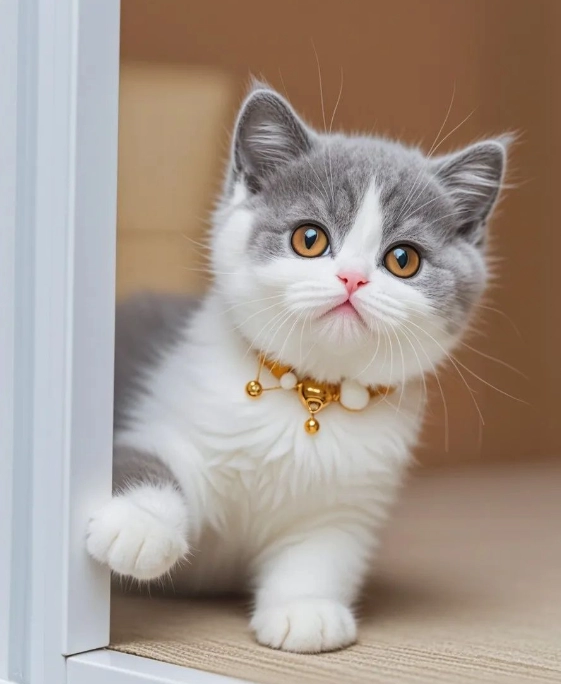
The Silent Language of Feline Loneliness
Cats don’t weep or whine like dogs, but their distress signals are unmistakable—if you know where to look. Research from the University of Lincoln’s Animal Behavior Clinic highlights three key indicators:
Behavioral Shifts: Over-grooming (to the point of bald patches), sudden aggression, or destructive scratching aren’t just "bad habits." These are cries for attention. One study found that 68% of cats with excessive grooming habits improved significantly after social enrichment.
Emotional Withdrawal: A cat staring blankly at walls or hiding for hours isn’t "just chilling." It’s a sign of depression, akin to human withdrawal from social stimuli.
Appetite Changes: Refusing meals or binge-eating can signal stress. The ASPCA notes that 40% of lonely cats develop irregular eating patterns.
My Take: Last year, a Persian named Luna came into our care—her owner thought her incessant meowing was "quirky." Turns out, Luna was screaming for interaction. After introducing a playful kitten, her vocalizations dropped by 80% in two weeks.
The Companion Debate: Science vs. Stereotype
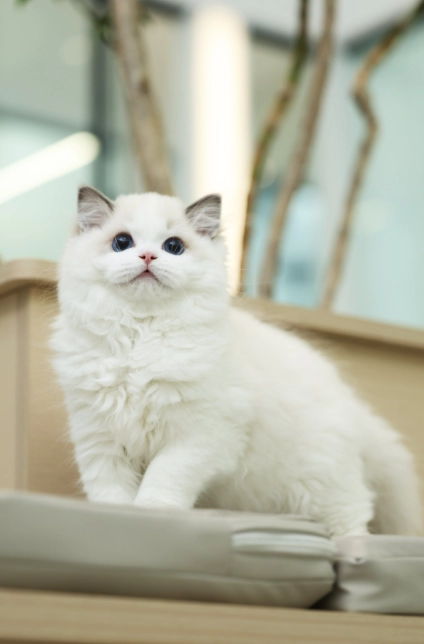
The idea that cats "prefer solitude" is outdated. A 2024 Frontiers in Veterinary Science review analyzed 1,200 multi-cat households and found:
62% of cats showed reduced stress markers (e.g., lower cortisol levels) with a feline companion.
Younger Cats (<3 years): Thrive with playmates. Think of them as toddlers needing peer interaction.
Senior Cats: May prefer solitude unless introduced gradually. A slow, scent-swap-based process (more on this later) works wonders.
**But—**Compatibility matters. Forcing a timid Ragdoll with a hyperactive Bengal? Recipe for disaster. Genetics play a role: Siamese and Abyssinians are notably social, while Persians and British Shorthairs lean independent.
How to Introduce a Second Cat: A Step-by-Step Guide
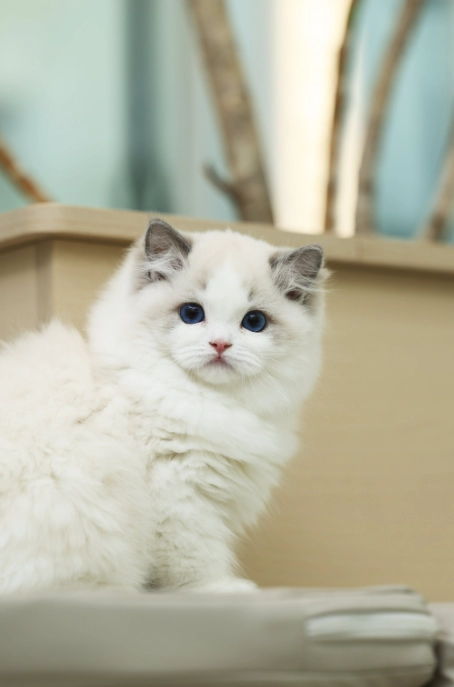
Based on protocols from the International Cat Care and my own trials:
Scent Exchange First: Rub a cloth on Cat A, place it near Cat B’s food bowl. Repeat vice versa. This builds familiarity without visual triggers.
Controlled Visual Access: Use a baby gate for initial face-to-face meetings. Watch for relaxed postures—not flattened ears or hissing.
Resource Abundance: Double everything—litter boxes, food bowls, beds. Competition breeds tension.
Play as a Bonding Tool: Interactive toys like feather wands redirect energy into shared activities.
Pro Tip: Adopt from shelters that allow "test drives." Many organizations facilitate trial periods to ensure compatibility.
When a Companion Isn’t the Answer
Sometimes, loneliness stems from human absence, not feline isolation. Solutions include:
Puzzle Feeders: Food-dispensing toys stimulate hunting instincts, reducing boredom.
Window Perches: A view of birds or squirrels provides mental stimulation. Studies show 70% of cats use perches daily if available.
AI Companions: Some smart toys mimic prey movements via AI, keeping cats engaged for hours.



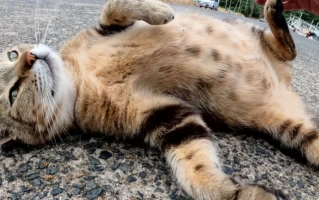
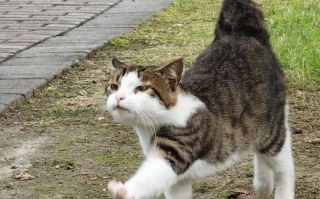



No comments yet, come on and post~